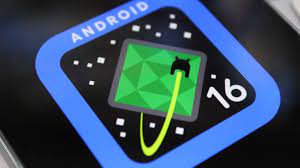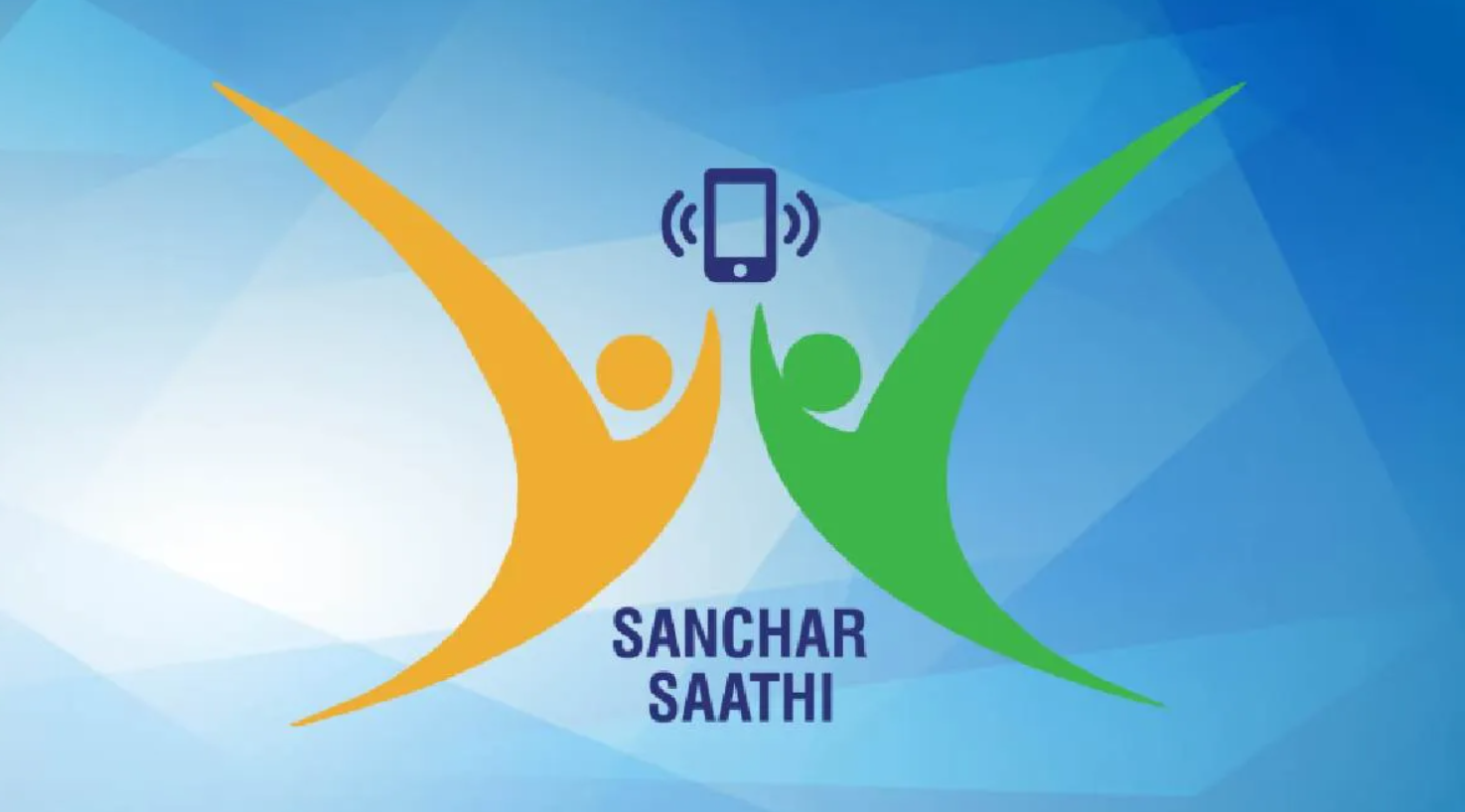
Google has officially announced the introduction of lock screen widgets with the upcoming Android 16, expanding the feature beyond tablets to smartphones and other devices. The announcement was made on the Android Developers Blog, confirming that the feature will be integrated into the Android Open Source Project (AOSP) as part of the first quarterly update following the Android 16 release, expected in late 2025.
Notably, lock screen widgets have been available exclusively on Pixel Tablets since last year. However, Google is now planning to extend the feature to smartphones and other tablets, allowing users to access essential app information and functions directly from their lock screen.
Customizable Access and Security
According to Google, all widgets will be compatible with the lock screen by default. However, app developers will have the flexibility to disable the lock screen accessibility for their widgets if they wish. Additionally, certain widgets may still require users to unlock their devices using a fingerprint, PIN, or face unlock if they intend to trigger app functionalities through the widget. This ensures that sensitive information remains secure, even when displayed on the lock screen.
For instance, if a user tries to access a payment app or a messaging platform through the lock screen widget, they would still need to authenticate their identity before the app functions. This security feature has been added to maintain user privacy and prevent unauthorized access.
Current Availability and Early Activation
As of now, the lock screen widgets have not been enabled in the latest Android 16 beta version. However, according to a report by Android Authority, the publication managed to activate the feature early and test it on smartphones. They discovered that Pixel Tablet users could access lock screen widgets by simply swiping right from the home screen, while on smartphones, the feature currently only works through the screensaver mode — which activates when the device is charging or docked.
This temporary limitation indicates that Google is still fine-tuning the feature for smartphone compatibility, and it is expected to roll out more broadly with the official release of Android 16.
Differences in Screen Layout and Customization
One significant difference highlighted by Android Authority is the screen layout of the lock screen widgets. On the Pixel Tablet, the widgets appear in a two-row grid format, allowing users to view multiple widgets simultaneously. However, on smartphones, the layout appears as a vertically stacked column, displaying only a few widgets at a time. This means smartphone users will need to swipe through multiple screens to view all available widgets.
Google also mentioned in its blog post that hardware manufacturers will have the freedom to customize the lock screen widget interface, meaning that the widget layout or functionality could vary across different brands or models.
What to Expect with Android 16’s Lock Screen Widgets
The inclusion of lock screen widgets in Android 16 marks a major step in enhancing user convenience, allowing quick access to information and app functionalities without unlocking the phone. However, the security layer implemented by Google ensures that sensitive apps or data will still require user authentication before allowing access.
As Android 16 nears its official release in late 2025, users can expect further refinements and more customization options for their lock screen widgets, significantly improving the overall user experience.








